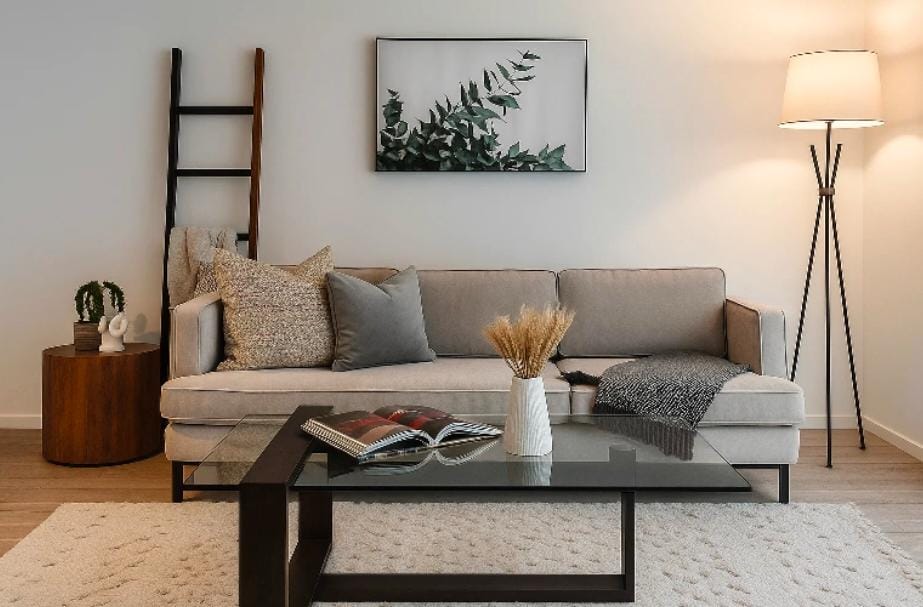Why Glass for Table Tops Are So Popular?

Glass table tops have become a timeless choice in American homes and offices. They blend practicality with elegance, protect the underlying furniture, and offer a modern, airy aesthetic that complements nearly any décor style. Whether you’re replacing broken glass on a dining table, upgrading a coffee table, or customizing a new desk, the type of glass you choose plays a big role in both safety and appearance.
The main keyword to focus on here is glass for table top, but in practice, this includes many variations such as tempered glass table tops, custom cut glass, clear glass sheets, and beveled edge glass. Understanding your options ensures you’re making an informed decision rather than just picking the first piece that fits.
Different Types of Glass for Table Tops
Not all glass is created equal. For table tops, strength, thickness, and finish are critical factors.
1. Tempered Glass
The gold standard for safety, tempered glass is heat-treated to be up to four times stronger than standard glass. If it breaks, it shatters into small blunt pieces instead of sharp shards. This makes tempered glass for table tops the most popular option for families, busy kitchens, and high-use office settings.
2. Annealed Glass
Annealed glass is the basic type that hasn’t undergone tempering. It’s cheaper but more prone to breaking into sharp fragments. While not ideal for heavy-use dining or coffee tables, it can still work for decorative accent tables where risk is lower.
3. Laminated Glass
Laminated glass contains a plastic interlayer between sheets of glass. Even if cracked, the pieces hold together. This is a great choice if you want extra safety without sacrificing clarity.
Glass Thickness Options
Thickness is one of the most important details when choosing a glass table top. Too thin, and it becomes fragile; too thick, and it may look bulky or heavy.
- 1/4 inch (6mm): Best for small coffee tables, end tables, or protective glass overlays.
- 3/8 inch (10mm): A versatile option for medium-sized dining or office tables.
- 1/2 inch (12mm): Provides sturdiness for larger dining tables, executive desks, or conference tables.
- 3/4 inch (19mm): Heavy-duty thickness, often used for oversized or statement tables where durability is a must.
When considering replacement glass for a coffee table or round glass for dining tables, thickness should always align with table size and usage frequency.
Available Sizes and Shapes
Glass for table tops comes in a wide variety of pre-cut sizes and customizable options. Some of the most common include:
14×48 (12 mm Thick)
- Slim and elongated, ideal for console tables, hallway furniture, or behind-the-scenes surfaces.
- Works well for entryway tables where you want a protective glass overlay without bulk.
15×28 (12 mm Thick)
- Compact size, great for end tables, nightstands, or small coffee tables.
- Also, a good fit for utility carts or compact sideboards where surface protection is needed.
18×30 (12 mm thick)
- Balanced small rectangle, useful for coffee tables in apartments or reading corners.
- Works well as a protective overlay for wood side tables.
18×36 (12 mm thick)
- Slightly longer than the 18×30, making it suitable for sofa tables, benches, or medium coffee tables.
- Good choice for office side tables or media console tops.
20×40 (12 mm thick)
- Mid-size proportion makes it versatile for small dining areas, two-person desks, or patio tables.
- Provides enough length for entryway furniture without overwhelming the space.
24×40 (12 mm thick)
- Wider surface, commonly used for medium coffee tables, small workstations, or breakfast nooks.
- Fits well on kitchen prep islands as a protective glass cover.
24×48 (12 mm thick)
- A popular size for desk tops, craft tables, or kitchen islands.
- Provides generous space for family coffee tables or shared office setups.
30×60 (12 mm thick)
- Largest standard size in this range, perfect for dining tables (4–6 seats), executive desks, or conference tables.
- Strong 12 mm thickness ensures durability for heavy daily use.
Clear vs. Frosted vs. Tinted Glass
When people think of glass for table tops, clear glass usually comes to mind. But depending on your space, you may want something more distinctive.
- Clear Glass: A classic option that provides maximum transparency and allows the furniture beneath to shine.
- Frosted Glass: Ideal for modern or minimalist interiors, adding privacy and diffusing light.
- Tinted Glass: Available in shades like bronze or gray, offering UV protection while creating a stylish mood.
The choice comes down to balancing aesthetics with function. For example, a clear round glass dining table top lets a wood or metal base remain the star, while tinted glass can help reduce glare near windows.
Safety Considerations
Safety should never be an afterthought when selecting a glass table top. Tempered or laminated options are strongly recommended for families with kids or pets.
It’s also important to ensure proper installation. Glass should always sit on a stable frame with rubber bumpers or spacers to prevent sliding and chipping. Sharp corners can be dangerous in high-traffic areas, so consider rounded or beveled edges if safety is a concern.
Maintenance and Care Tips
Glass table tops are surprisingly easy to maintain. They don’t stain like wood, and they resist scratches better than many plastics. Here is how to keep them looking new:
- Use a microfiber cloth with a gentle glass cleaner.
- Avoid abrasive pads or harsh chemicals.
- Always use coasters to prevent water rings from glasses.
- For protective overlays, consider replacing the glass every few years if scratches accumulate.
By following these simple steps, your glass for table top investment will stay crystal clear for years.
When to Replace Your Glass for Table Top
Even high-quality glass doesn’t last forever. If you notice deep scratches, chips along the edge, or if the glass wobbles on the base, it’s time for a replacement. Choosing a custom cut replacement glass allows you to match the original size or even upgrade to thicker, safer tempered glass.
Customization Possibilities
One of the biggest advantages of glass is customization. You can order custom cut glass table tops to fit antique furniture, outdoor patio tables, or irregularly shaped modern bases. Options like beveled edges, round corners, and tinted finishes make it easy to match both style and function.
For example, a 48-inch round tempered glass dining top adds elegance to a farmhouse table, while a ½-inch beveled rectangular top can transform a basic desk into a professional-looking workstation.
Conclusion
Choosing the right glass for table top is more than just picking a piece that fits. It requires understanding safety standards, thickness requirements, available sizes, and style preferences. With options ranging from clear tempered glass to custom cut beveled designs, the right choice can elevate both the look and function of your table.
Whether you’re replacing a broken top, upgrading an outdated design, or customizing a one-of-a-kind piece, making an informed decision ensures durability, safety, and long-term satisfaction.
